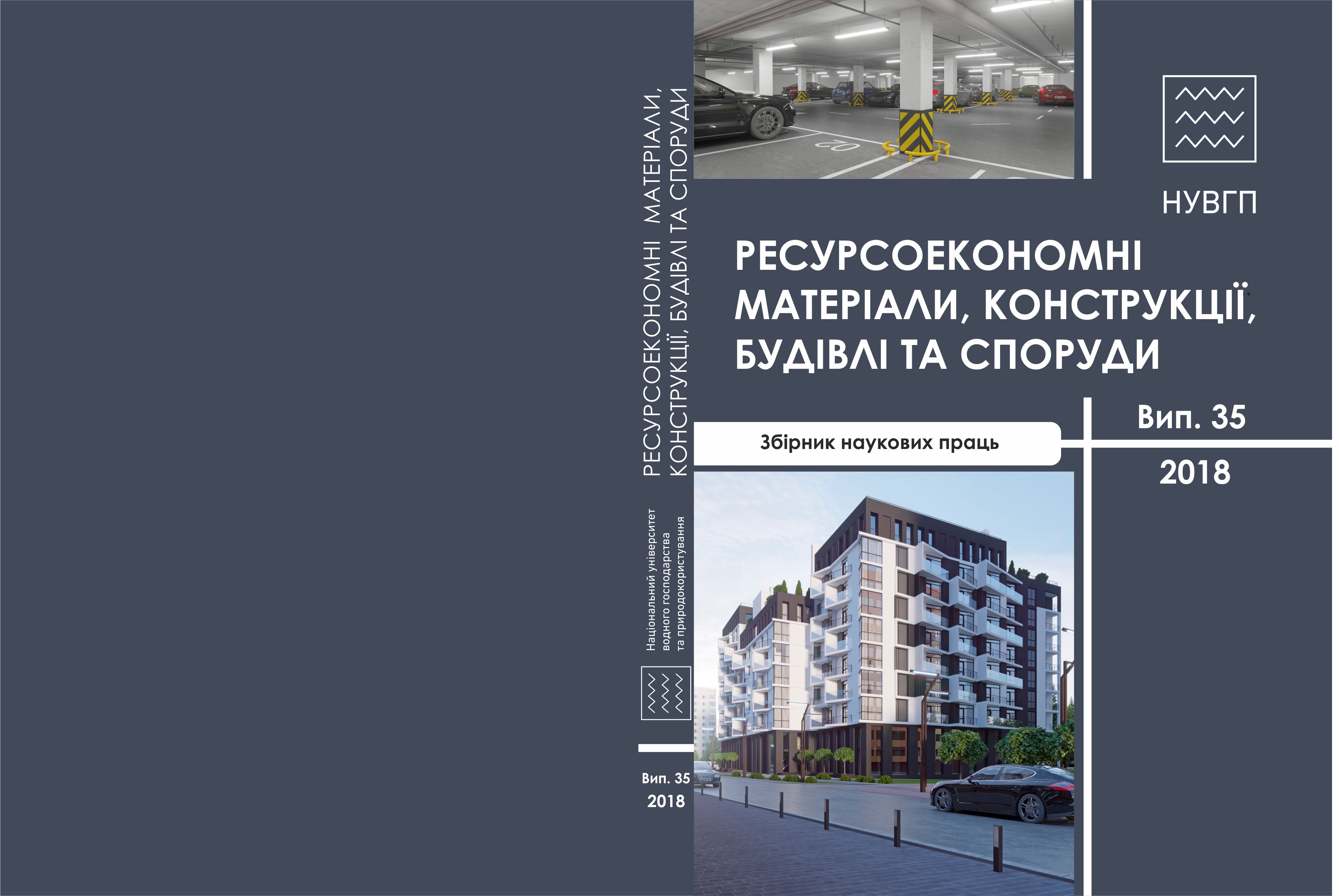LOAD CARRYING ABILITY OF REINFORCED CONCRETE BEAMS WITH DAMAGED PRINCIPAL REINFORCEMENT
DOI:
https://doi.org/10.31713/budres.v0i35.241Abstract
The reinforced concrete structures are subject to various influences during their maintenance. As a result, their initial geometric and physical characteristics, enshrined during manufacturing, shall change. One can observe rare examinations of reinforced concrete beams with defects. The most dangerous and widespread phenomenon is the reduction of area reinforcing steel of tension reinforcement. The main factors resulting in this phenomenon are corrosion or mechanical damage of tension reinforcement area of the structures. The damages of on load structures are of particular concern of researches. The purpose of our research is to carry out experimental studies of on load reinforced concrete beams with damaged longitudinal reinforcement. For the purpose of research we have designed exploratory prototypes – six reinforced concrete beams. The tests were conducted in two stages: first stage – testing of four beams, control prototypes (without damages), was performed under dead loading. The second stage – the prototypes were damaged by making a through hole in tension reinforcement, under 0.3 loading level as compared with the destructive load value introduced to the control beam. In accordance with research methodology, the area reinforcing steel of tension reinforcement was reduced to the equivalent area of 16 mm reinforcement in diameter, after which the beam was destroyed. Damaged beams showed an increase in load carrying ability: by 15% at 0.3 damage level as compared with the expected destructive value. Therefore, the level of loading affects the residual load carrying capacity of reinforced beams and makes it higher as compared with structures having the equivalent reinforcement characteristics. The level of destruction of damaged beams shall change in fundamental way. If the control prototypes collapse with crumbling, cracking and dropping out of concrete within the compressed area, then the tested damaged prototypes collapse sharply, with the rupture of working reinforcement. The following conclusions were made according to results of the study: the physical destruction of damaged beams shall occur in fundamental way with a rupture of working reinforcement and fracture of structures into two parts; load carrying ability of on load beams with damaged working reinforcement shall exceed the carrying ability of the beams having the same reinforcement area.

